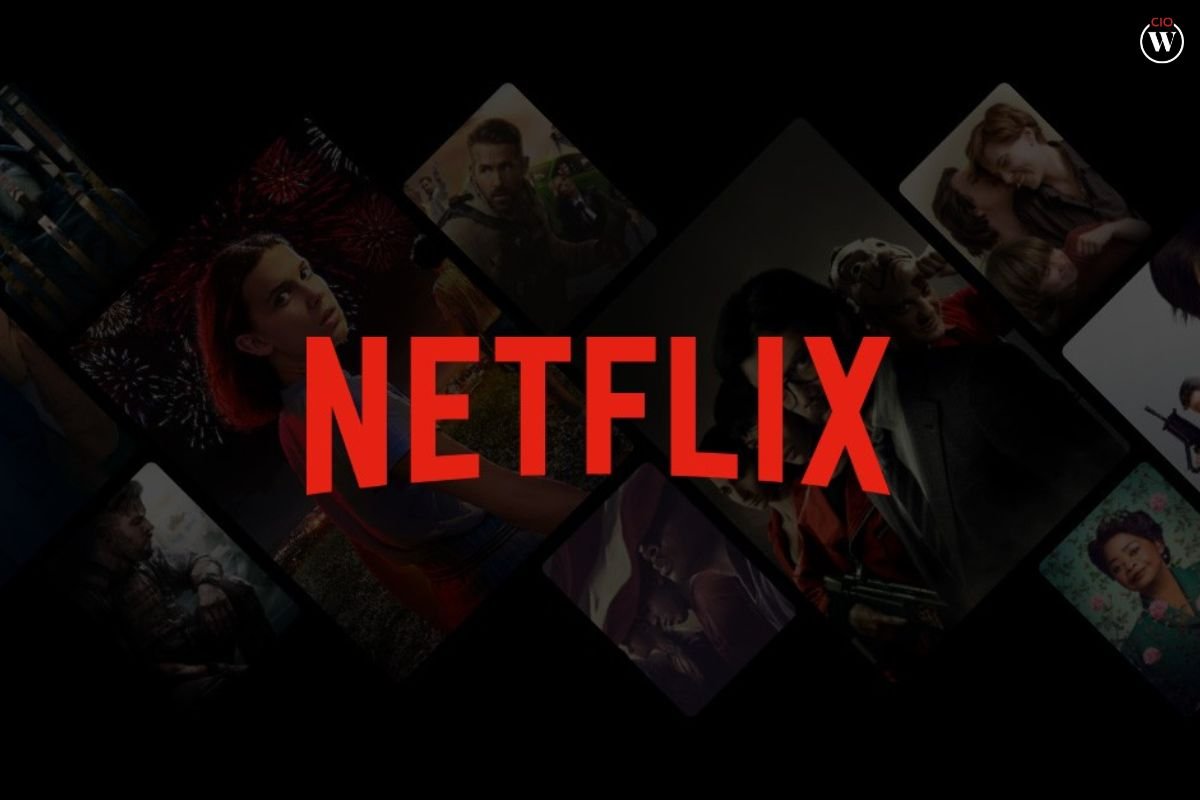Source- github.com
Netflix reported its second-quarter earnings on Thursday, solidifying its leading position in the streaming industry. The media giant added more global subscribers and experienced notable growth in its advertising sector. During this period, the company saw a 34% increase in its ad-supported memberships compared to the same quarter last year. This Netflix Q2 earnings growth highlights the growing importance of advertising as a business model for media companies striving to enhance or achieve profitability in the streaming space. Netflix’s stock has benefited in recent quarters from its efforts to attract subscribers to its lower-cost, ad-supported tier and its crackdown on password sharing.
For the quarter ending June 30, Netflix Q2 earnings per share of $4.88, surpassing the expected $4.74 as forecasted by LSEG. The company achieved revenue of $9.56 billion, exceeding the anticipated $9.53 billion. Global paid memberships totaled 277.65 million, surpassing the expected 274.4 million. This revenue of approximately $9.6 billion represents a 17% increase from the previous year, largely driven by a rise in average paid memberships. Netflix revised its full-year revenue growth forecast to 14% to 15%, up from the previous range of 13% to 15%.
Net Income and Membership Growth
Netflix Q2 earnings were $2.15 billion, or $4.88 per share, up from $1.49 billion, or $3.29 per share, in the same quarter of 2023. The company’s global paid memberships increased by 16.5% year over year to 278 million. However, Netflix indicated that this would be one of the final updates regarding its membership numbers. The company plans to stop providing quarterly membership figures and average revenue per user starting in 2025. Instead, Netflix will focus on revenue, operating margin, and engagement metrics as primary indicators of performance. This shift follows a slowdown in subscriber growth in 2022.
In May, Netflix announced plans to launch its own advertising platform, ending its partnership with Microsoft for ad technology. The company has also started incorporating live sports into its offerings, including NFL games on Christmas Day over the next three years. This strategy aims to attract additional advertising revenue and enhance viewer engagement.
Future Plans and Advertising Strategy
Netflix co-CEO Ted Sarandos highlighted the importance of live TV for driving engagement and attracting advertisers. Despite this, Netflix’s ad-supported tier is still in its early stages, and the company does not anticipate ad revenue to be a major driver of its growth in 2024 or 2025. The company faces the challenge of scaling its ad inventory faster than it can monetize it. Sarandos emphasized that Netflix is focusing on scaling its ad-supported subscriber base while preparing to improve monetization strategies.
Co-CEO Greg Peters noted that Netflix is on track to meet its subscriber goals for 2025 and will soon shift its focus to monetizing its ad inventory more effectively. The company is working on providing advertisers with better purchasing options, a key feedback point from the advertising community. Netflix believes it is on the right path to achieving critical ad subscriber scale by next year, which will allow for further growth in ad-tier memberships in the years to come.









